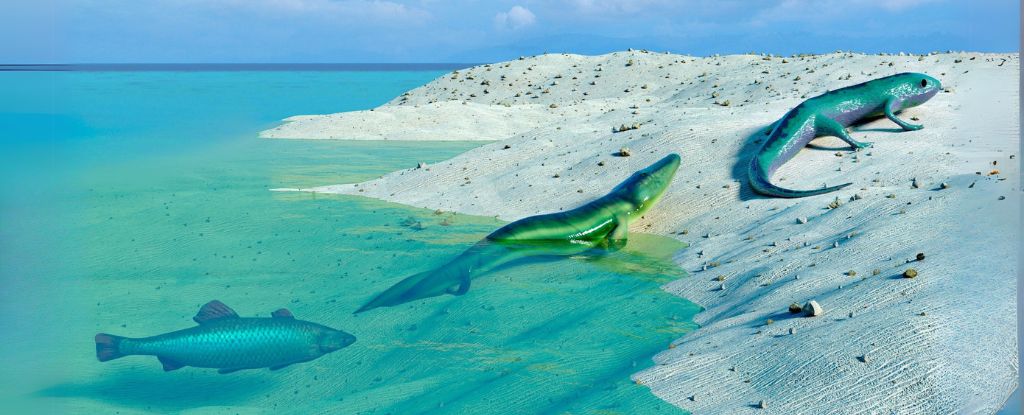Evolving Evolution: New Insights into Adaptability and Mutation Rates
New Evidence Reveals Evolution Itself May Actually Be Evolving 🔗

Recent computer simulations suggest that the process of evolution may itself be evolving based on environmental pressures. Researchers at the University of Michigan studied self-replicating digital programs that adapt to changing conditions, revealing two key mechanisms of 'evolvability.' The first mechanism involves shifts in mutation rates; higher mutation rates can enhance adaptability when faced with diverse environmental challenges. The second mechanism allows populations to alternate between familiar and new environments, significantly increasing mutation rates. These insights indicate that evolution can adapt over time, potentially leading to greater complexity in life forms, even among more complex organisms, despite the ongoing debate about the concept of evolving evolution.
What are the two mechanisms of 'evolvability' identified in the study?
The two mechanisms are shifts in mutation rates and the ability to alternate between familiar and new environments, which can enhance adaptability.
How does the environment affect mutation rates in the simulations?
In stable environments, mutation rates are minimized to avoid negative consequences, while periods of change can lead to increased mutation rates, allowing for rapid adaptation to new conditions.
What was the significance of the findings regarding long periods between environmental shifts?
Long periods between switches, ideally around 30 generations, enable populations to maintain higher mutation rates, which supports increased evolvability and complexity over time.